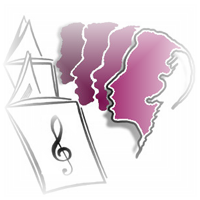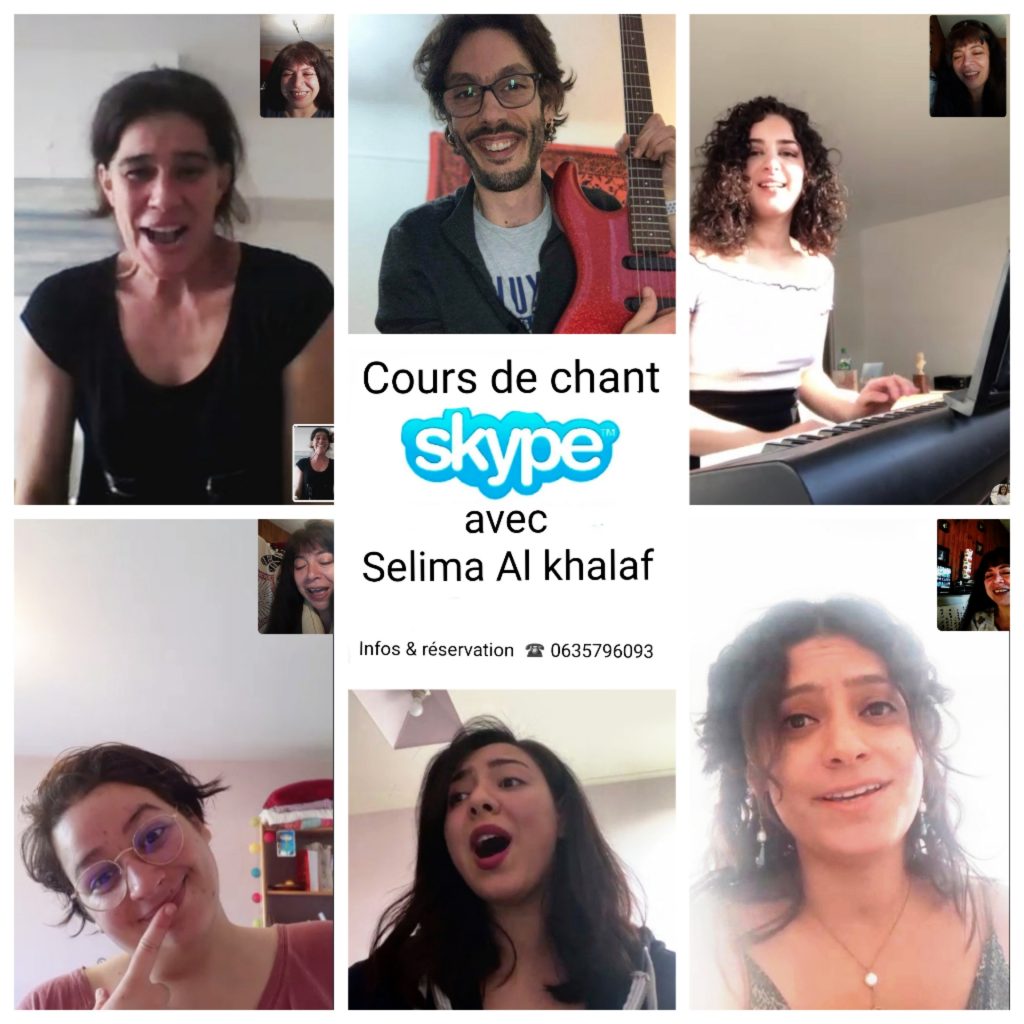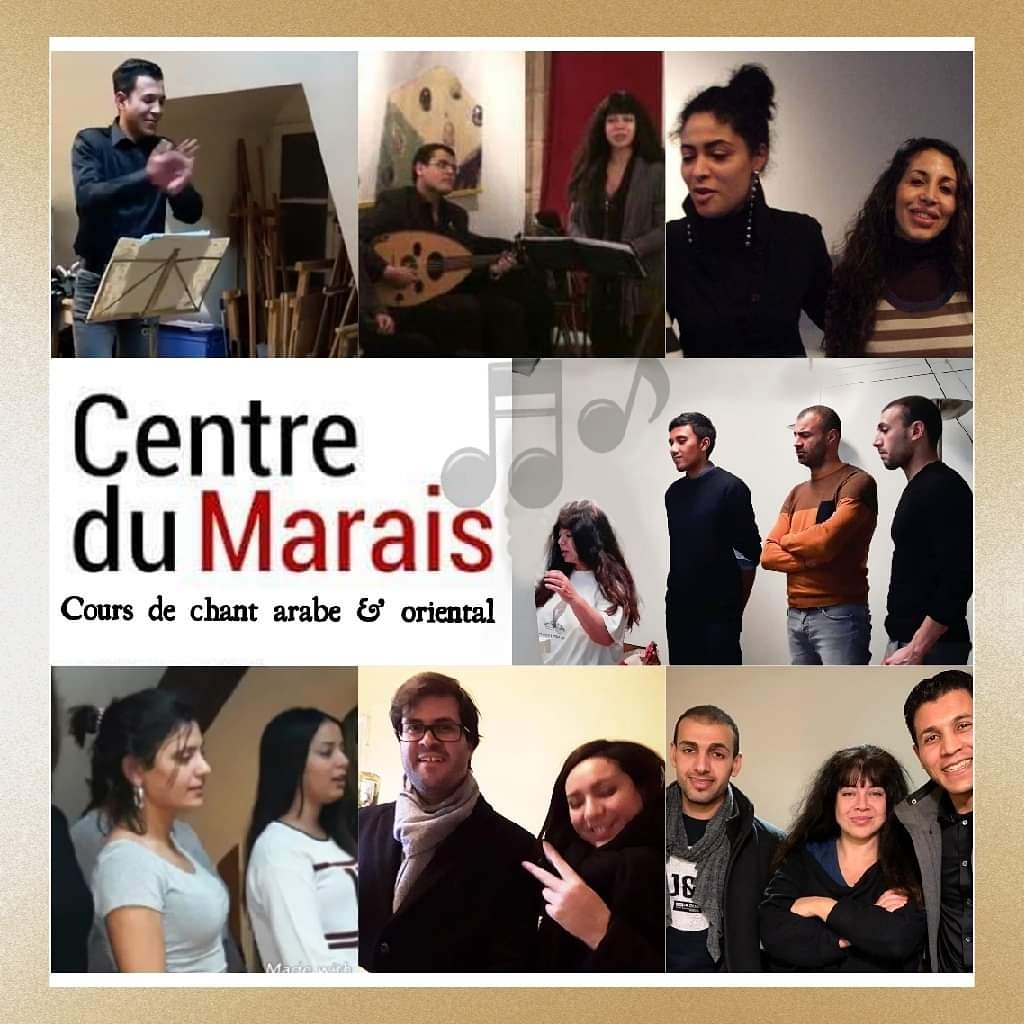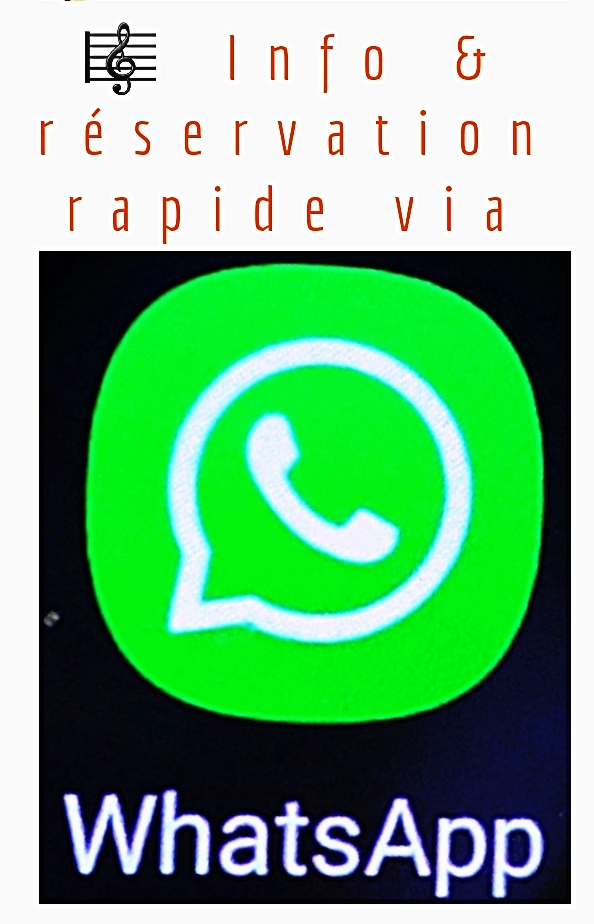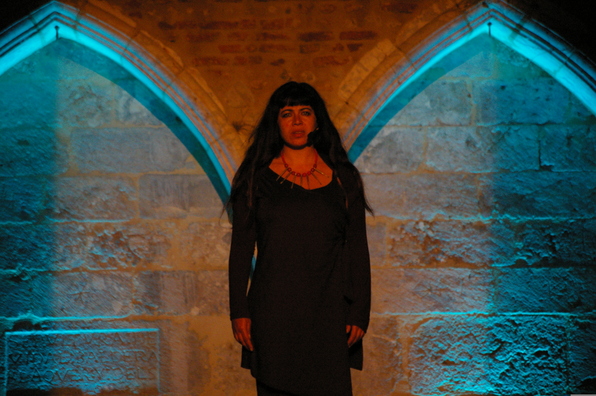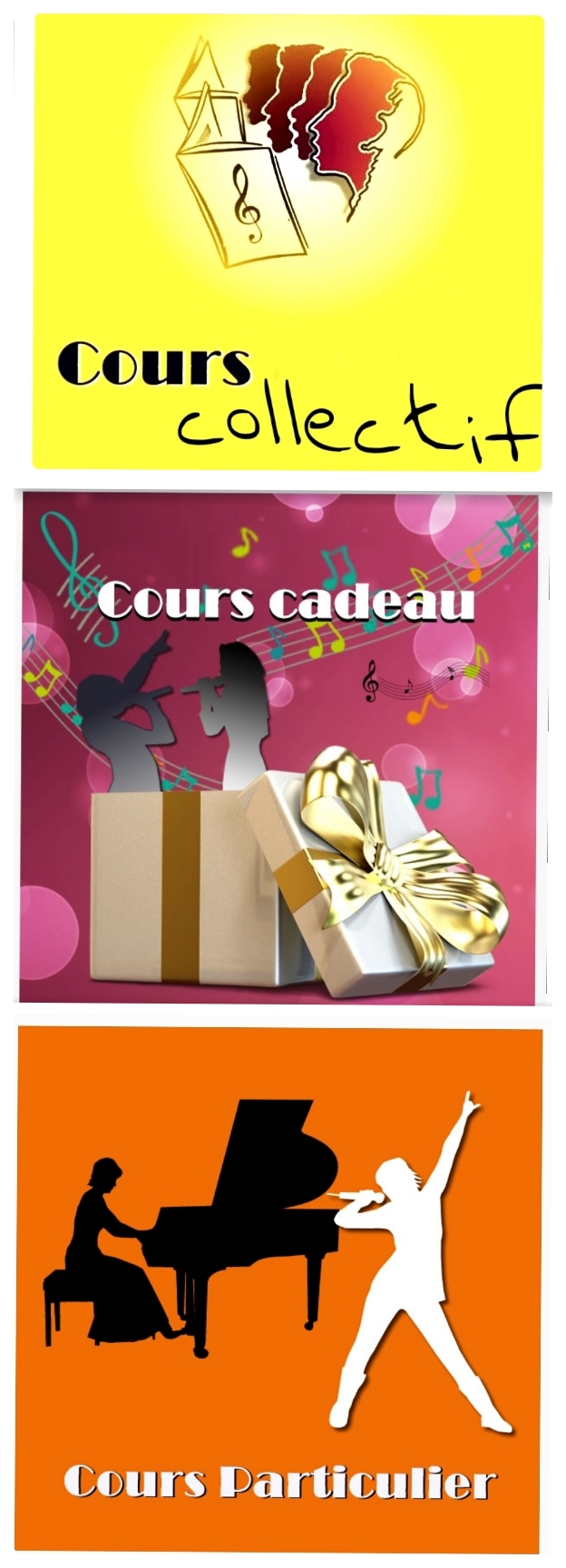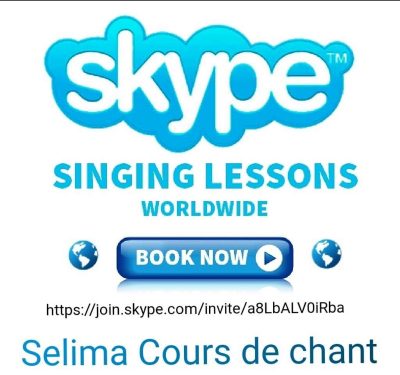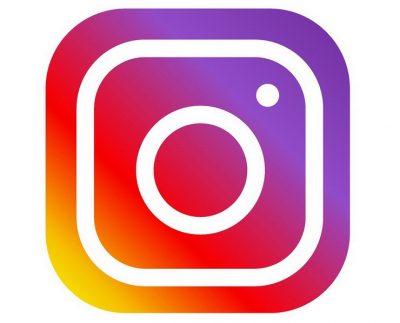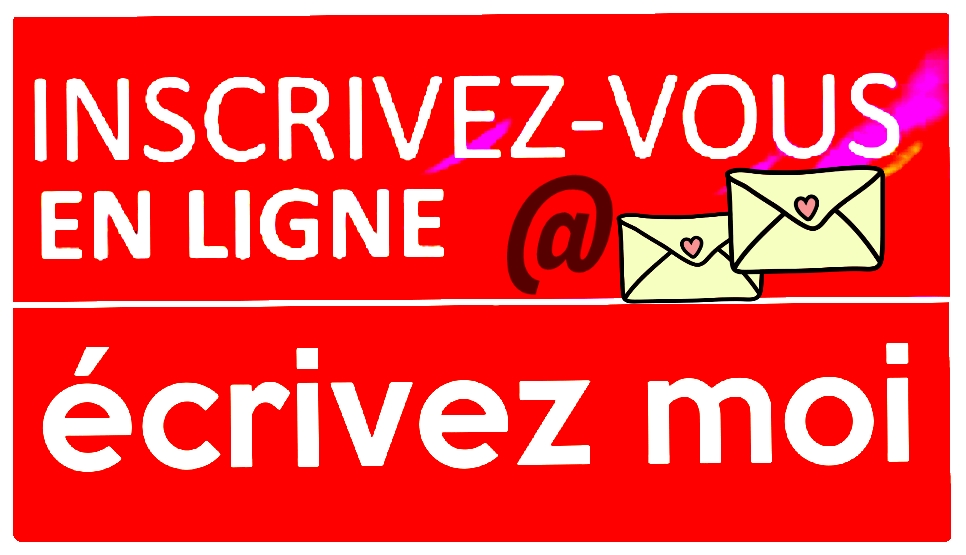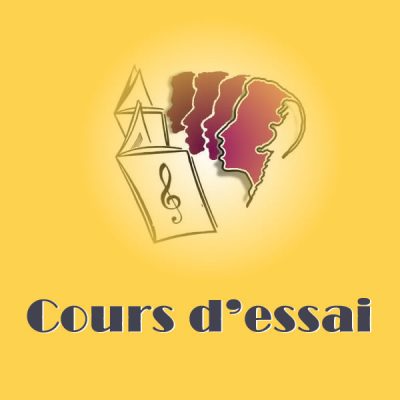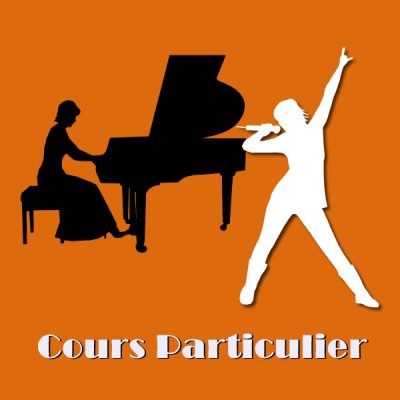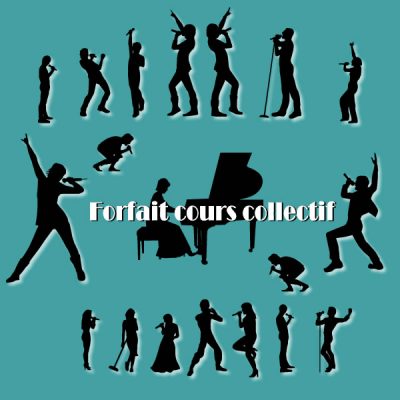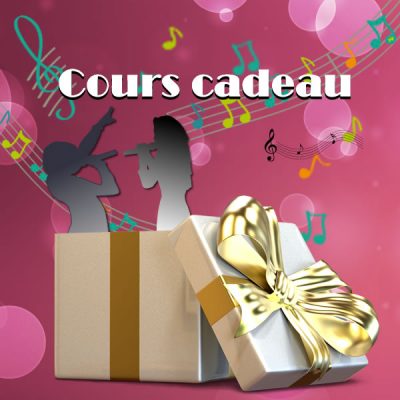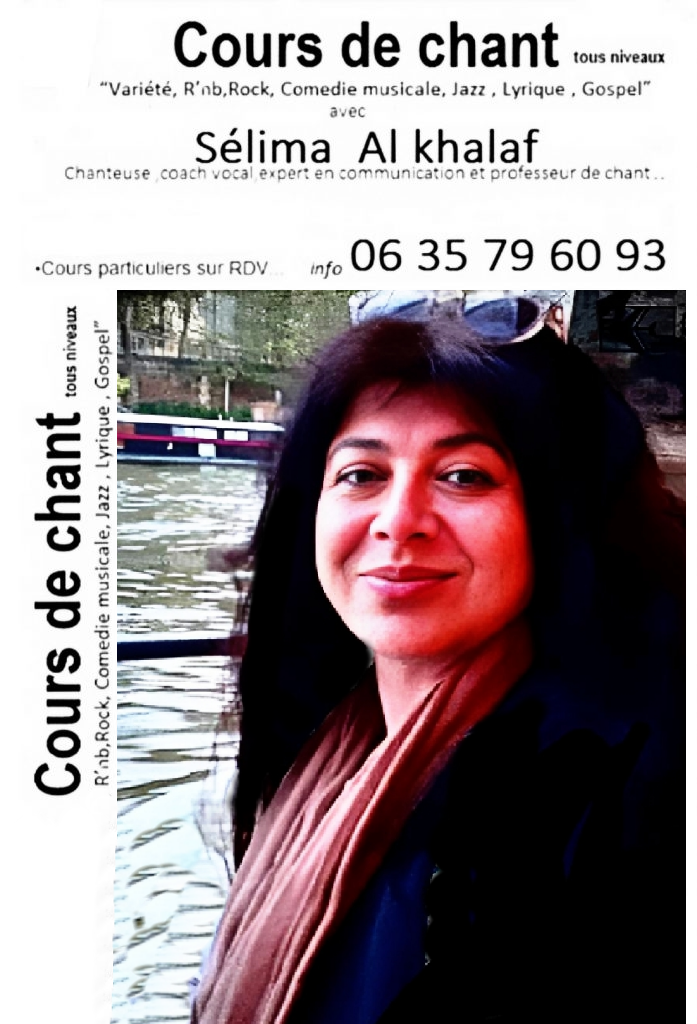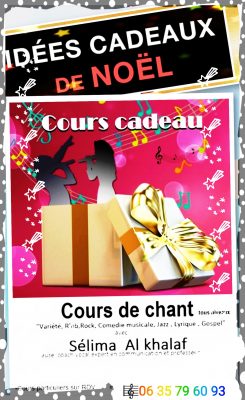مدرسة الغناء في باريس مع المطربة
Singing lessons in Paris and online with singer and vocal coach Selima Al khalaf from iraki origin.
Do you like to learn how to sing your favorit arabic song of Fairuz, Om Khatoum,Abdel Halim Hafiz, Assala….and also learn world music singing technic with songs from Turky,Armenia,Africa..🌍🌍🌍
___________
Voir cette publication sur Instagram
_______________
كورس غناء عربى فى باري
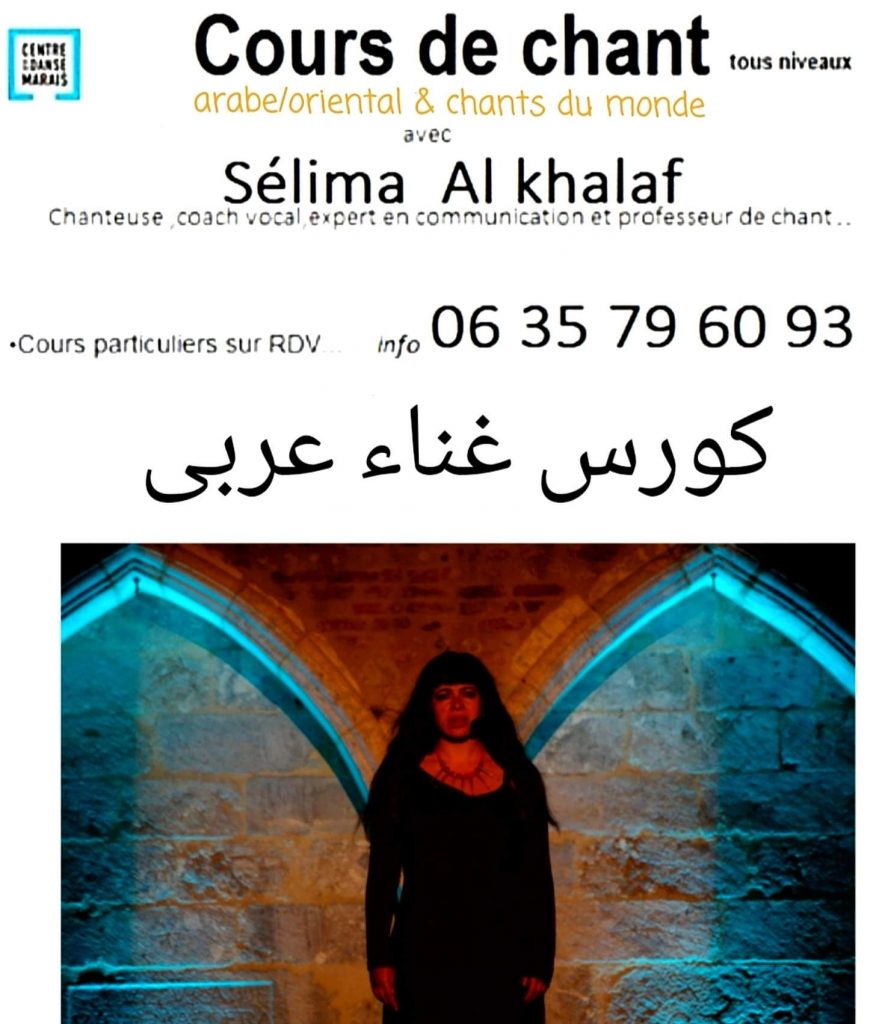
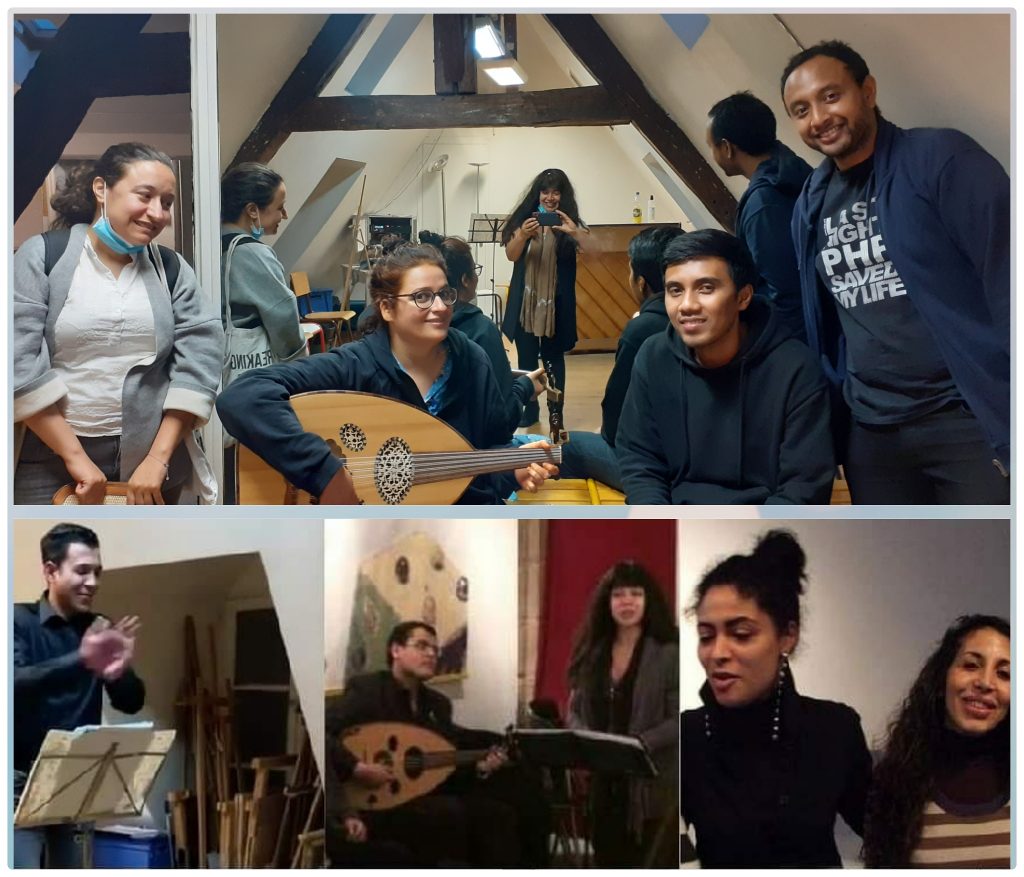
➡️ For any Information / reservation also on WhatsApp
Traditional Arabic music was fixed at Damascus in the 8th century, and reached its heyday in Baghdad in the 9th century. Then it was exported to Andalusia by the famous artist Ziryab. It is particularly recognizable by the use of quarter tones and half tones. Four tones frame three intervals to form a mode (maqâm).
If the music of the Middle East likes to mix modes, that of the Maghreb prefers to keep the unity of the maqâm. There is no polyphony in Arabic music.
There are many musical instruments used according to the rhythm and the genre practiced: the ‘oud (lute) with four or six strings, the qanoun (zither), the lyre, the nay (reed flute), the darbouka (drum in skin ) and the douf (frame drum).
Classical Arab chamber music has taken off again thanks, among others, to the Iraqi artist Mounir Bachir.
Arabic song is booming nowadays. The first generation of singers updated the melodic heritage through the introduction of new instruments such as the violin and through the creation of modern texts.
Among the greatest Arab singers, we can mention the famous « Oum Kalthoum » specializing in Tarab (poetic ecstasy) and capable of keeping a large audience in suspense for hours, or the great Fayrouz.
The most common theme for lyrics is love. Thanks to the establishment of the orchestration, fitting in with the use of recent instruments like the electric guitar, and the exploration of new themes, the landscape of Arabic songs has been completely turned upside down. Thus, with Cheb Khaled, the rai accelerated this revolution. Likewise, thanks to artists like the Lebanese Marcel Khalifé who was inspired by the poetry of Mahmoud Darwich, oriental song has found a new direction, both poetic and patriotic.
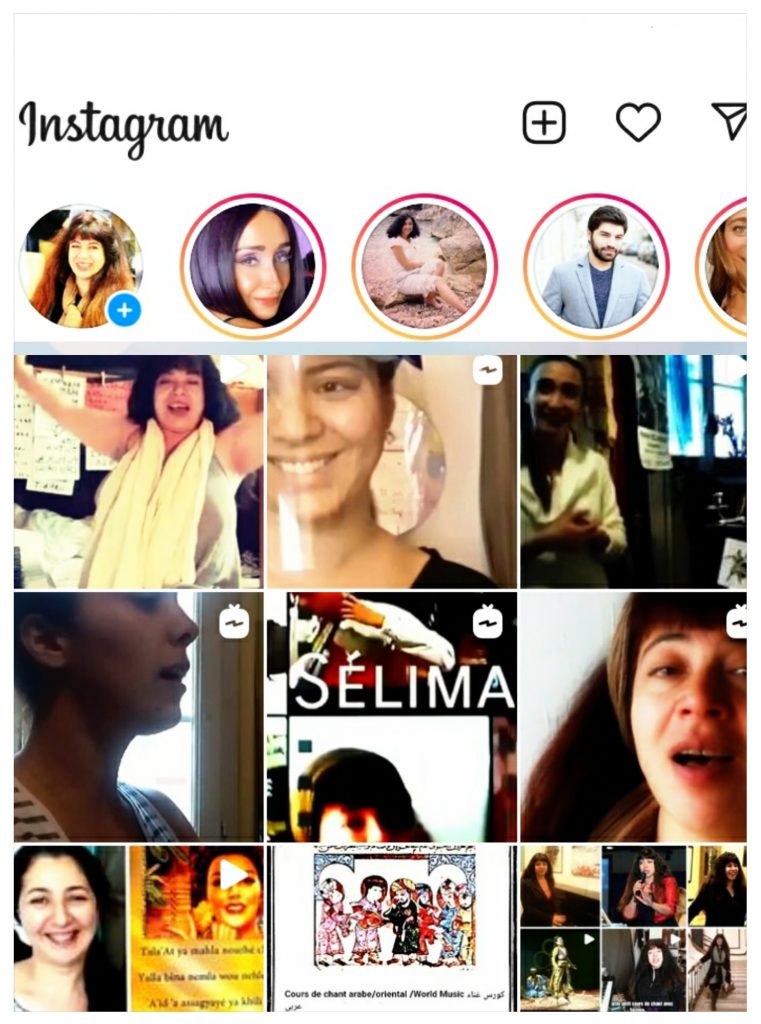
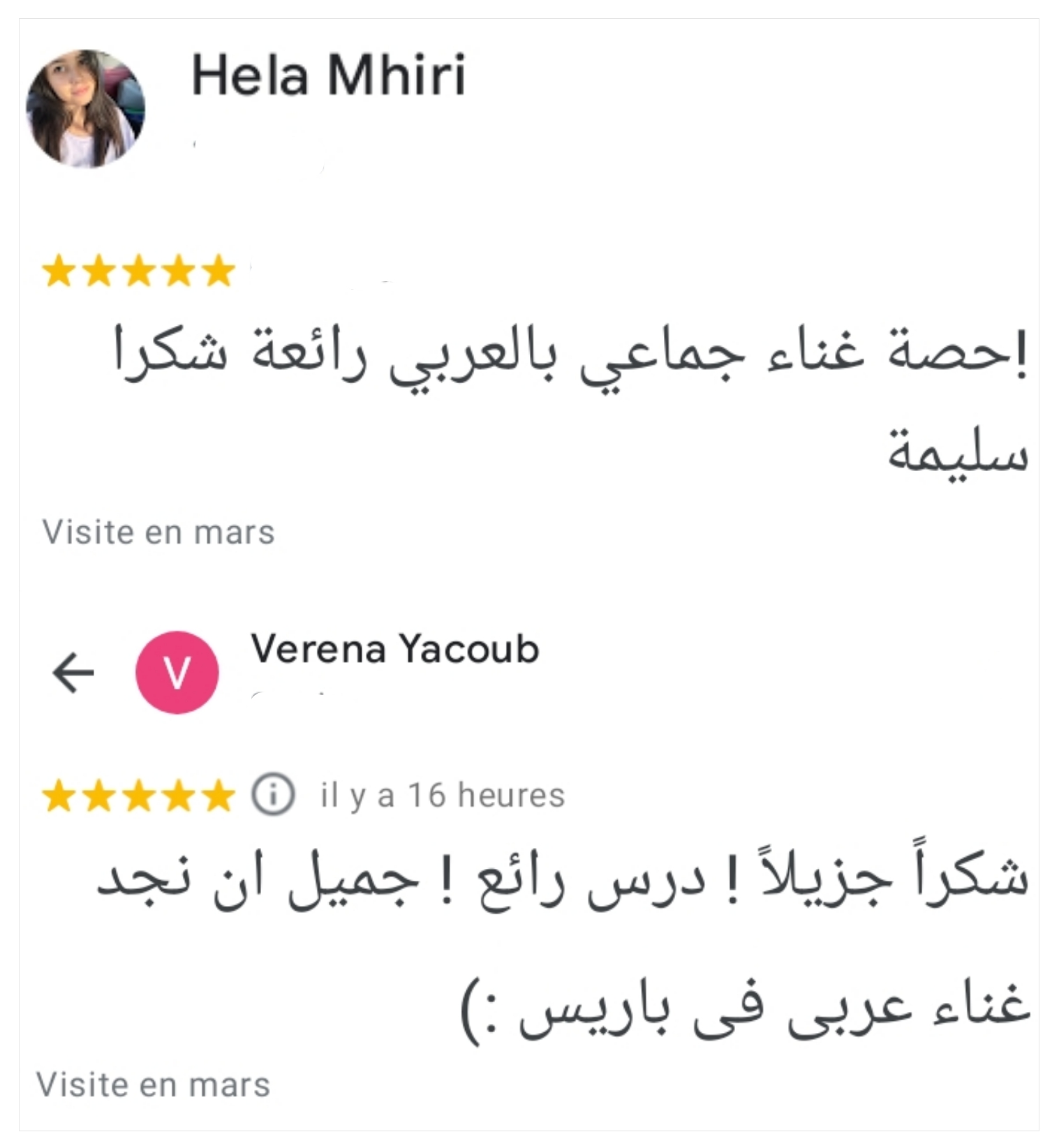
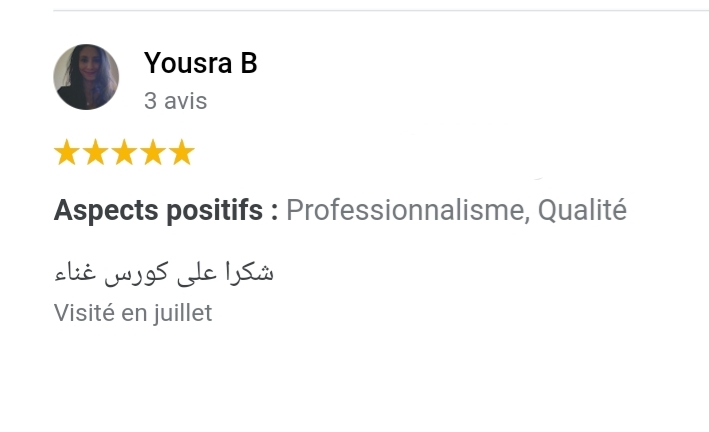
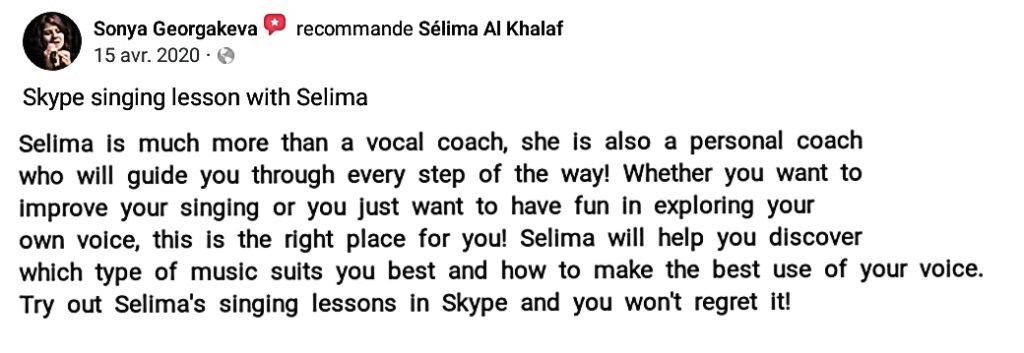
For any Information / reservation:
☎️ 0033/635 79 60 93
🎵🎵Arabic / oriental singing lessons also online 🎵🎵info & registration: 0635796093
🎼🎶🎶😉🎶😉😉😉😉😉😉😉🎼
مدرسة الغناء في باريس مع المطربة
اذا كنت تبحث عن معلم جيد لتمارين الصوت والغناء والڤوكاليز يمكنك الاتصال ب الاستاذه سليمه
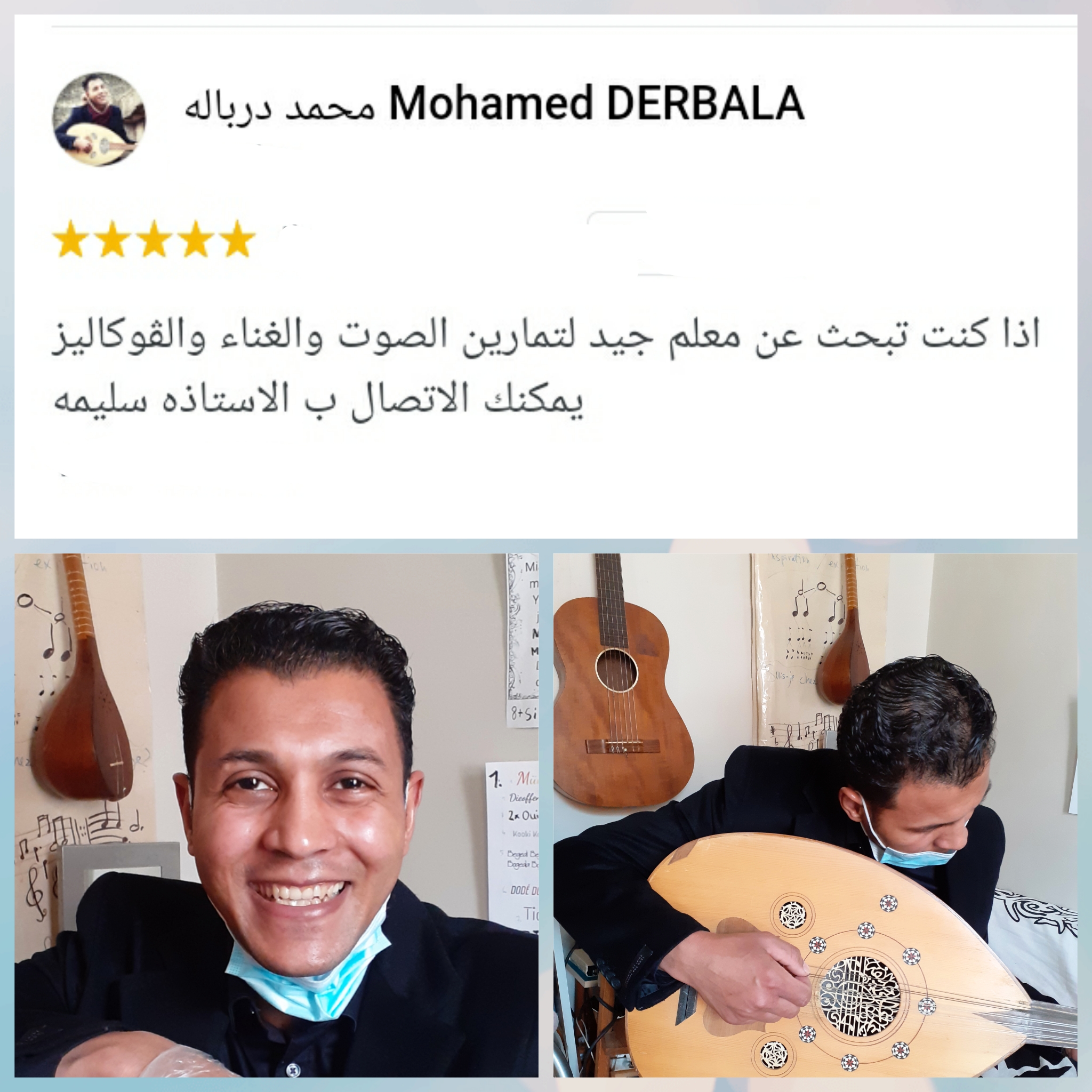
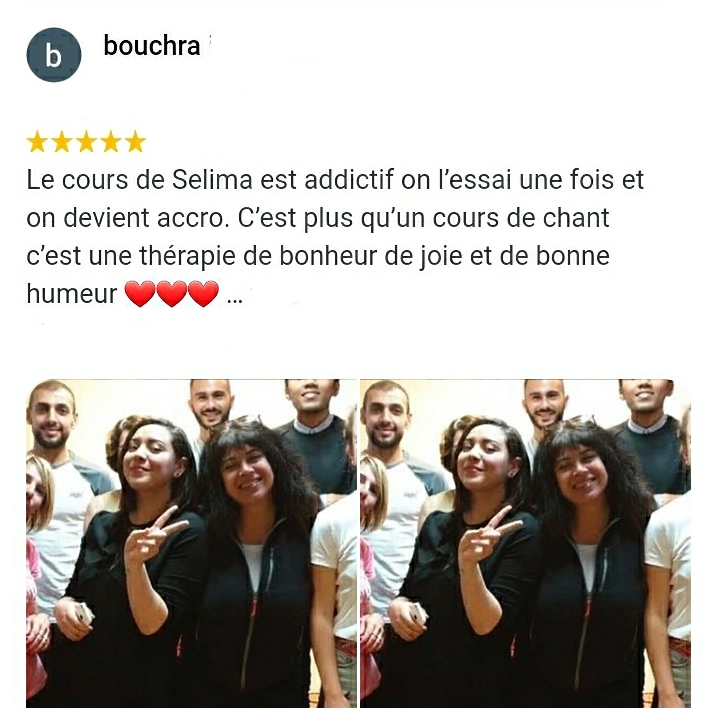
 🎼Notre cours de chant arabe/oriental en video
🎼Notre cours de chant arabe/oriental en video
https://www.instagram.com/p/COiA3jmi3fM/?utm_medium=share_sheet https://youtu.be/fDxL0VZT-LM https://youtu.be/39eSeQIS8kY
La musique arabe traditionnelle fut fixée à Damas au 8e siècle, et connu son heure de gloire à Bagdad au 9e siècle. Ensuite elle fut exportée en Andalousie par le célèbre artiste Ziryab. Elle est notamment reconnaissable de par l’utilisation des quarts de tons et des demis tons. Quatre tons encadrent trois intervalles pour former un mode (maqâm). Si la musique du Proche Orient aime à mélanger les modes, celle du Maghreb préfère garder l’unité du maqâm. Il n’y a pas de polyphonie dans la musique arabe. https://www.instagram.com/p/COdDxkRBRtH/?igshid=1bf4uxiux99q7 On trouve de nombreux instruments musicaux utilisés selon le rythme et le genre pratiqué : le ‘oud (luth) à quatre ou six cordes, le qanoun (cithare), la lyre, le nay (flûte en roseau), le darbouka (tambour en peau) et le douf (tambour sur cadre). La musique arabe classique de chambre a pris un nouvel envol grâce, entre autres, à l’irakien Mounir Bachir.
La chanson arabe est de nos jours en plein essor. La première génération de chanteurs a actualisé le patrimoine mélodique par l’introduction de nouveaux instruments tels que le violon et par la création de textes modernes. Parmi les plus grands chanteurs et chanteuses arabes, on citera la célèbre « Oum Kalthoum » se spécialisant dans le Tarab (extase poétique) et capable de tenir en haleine un vaste public pendant des heures, ou encore la grande Fayrouz. Le thème le plus répandu pour les paroles est l’amour. Grâce à la mise en place de l’orchestration, s’agençant avec l’utilisation d’instruments récents comme la guitare électrique, et à l’exploration de nouveaux thèmes, le paysage des chansons arabes a été complètement bouleversé. Ainsi, avec Cheb Khaled, le raï a accéléré cette révolution. De même, grâce à des artistes comme le libanais Marcel Khalifé s’inspirant de la poésie de Mahmoud Darwich, la chanson orientale a su trouver une nouvelle direction, à la fois poétique et patriotique.


